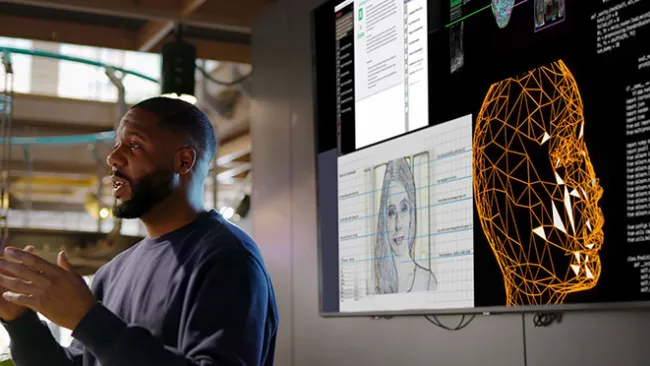In today’s uncertain economic environment, customer experience and customer service have become critical topics. But while these terms are often used interchangeably, there are crucial differences between customer service and customer experience.
Understanding those differences and how they intersect is important for building robust customer relationships and increasing an organization’s bottom line. We’ll review each term and explain how to translate customer service and customer experience into a business advantage.
What is customer service?
Customer service refers to the assistance and advice that a company provides consumers who purchased its products and services, or are considering making a purchase and need more information. Customer service associates provide assistance on how to best use a product, repair it, trouble-shoot issues, and fulfill requests, such as processing a refund.
Customer service interactions occur across different channels—self-service, mobile messaging, live chat, email, social media, voice—that are powered by a mix of humans and digital tools. A common objective of customer service is to increase customer satisfaction and customer loyalty, as well as close a sale.
When customers have a problem, the quality of the customer service can significantly impact customer retention. In the early days of the COVID-19 pandemic, for instance, contact centers experienced overwhelming volume from customers who were calling to cancel subscriptions, reschedule flights, freeze memberships, etc. Companies have gone to great lengths to retain customers by providing excellent customer service through empathetic support and flexible policies.
What is customer experience?
Customer experience (CX) is more comprehensive compared to customer service. Customer service is one piece of the puzzle that is focused on supporting customers, while customer experience represents the entire puzzle or the sum of the interactions customers have with a brand.
CX encompasses the entire customer lifecycle—from discovering and researching a product to purchasing and using the product and following up with the brand post-purchase and interacting with customer service. Customer experience measures how customers feel about a brand overall and includes the emotional and psychological connection customers have with a brand.
Best practices: Customer service vs. customer experience A few years ago, Gartner identified customer experience as the “new competitive battlefield,” noting that other differentiators such as price and product features had been standardized and commodified. The pandemic both accelerated and upended that trend when it changed the way many people interact with brands.
In a world where competitors are just a “tap” away, customers are increasingly bouncing between different brands and channels but are loyal to the businesses that deliver the best customer experience. As such, it’s important to focus on customer service and other touchpoints as part of a holistic approach.
Focus on the experience from beginning to end. Customers don’t distinguish between a company’s channels or departments; they expect a frictionless journey whenever and wherever the interactions take place. Ensure that customer service associates have a comprehensive view of the customer’s purchase history and past interactions across all channels so that they can provide relevant and personalized advice.
Customer-centric companies also make it a best practice to look at the world through their customers’ eyes and align business functions around customer needs. Reports show that the COVID-19 pandemic has redefined customer priorities around convenience, cleanliness, and safety. Prioritizing services such as contactless deliveries and spacious seating therefore make sense, but companies should keep a close watch on customer priorities to ensure they’re always delivering the right customer experience.
What matters to customers will continue to shift, but by understanding what customers prioritize and value, and redesigning business operations around those priorities accordingly, companies can turn their customer service and customer experience into a true business advantage, every time.
Learn more
Here are additional resources for delivering a differentiated customer service and customer experience.
Customer Service Metrics + KPI Calculator – Use this plug-and-play excel workbook of pre-made calculator templates to help your CX Leaders easily track key customer care metrics, such as CSAT, NPS, FCR, and a whole lot more.
Say I Do to Customer Service – Co-founders of jewelry startup Marke NYC share their customer service lessons learned.
Destination: Customer Experience Excellence – Learn how a travel site elevated the quality of customer interactions by focusing on associate training and operations.
Measuring the ROI of Customer Experience – Research details how executives connect the customer experience with business value.















